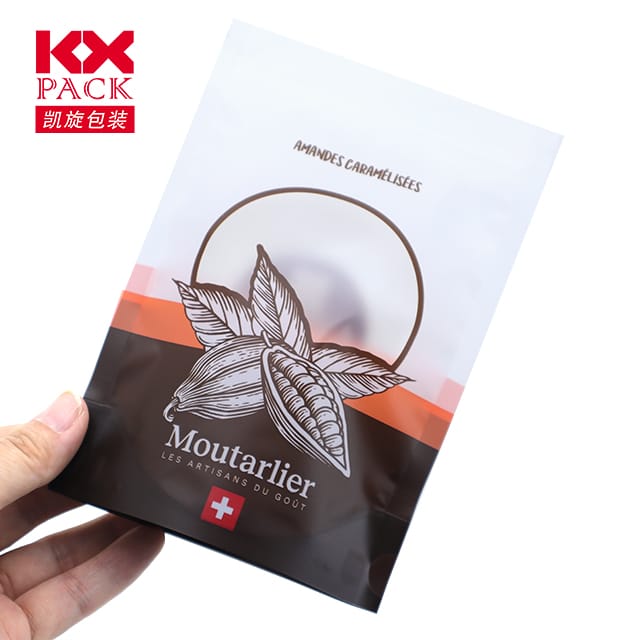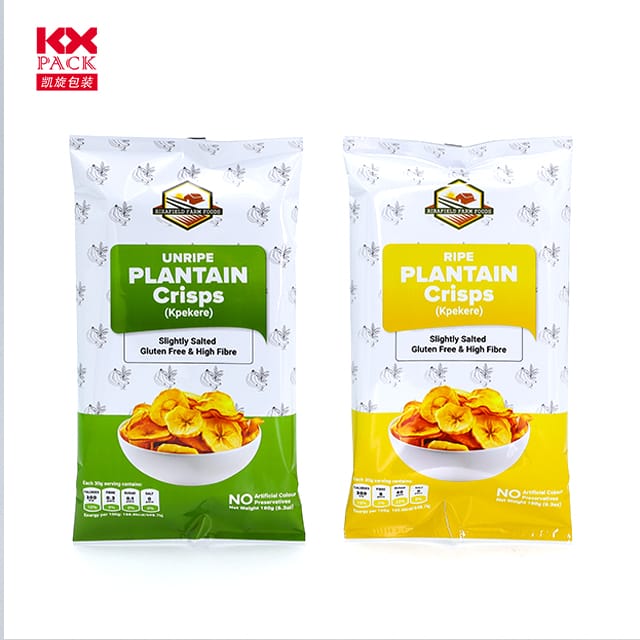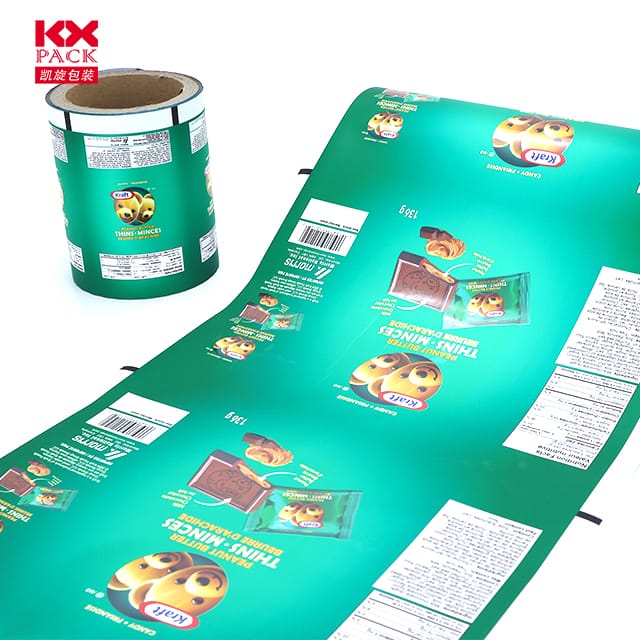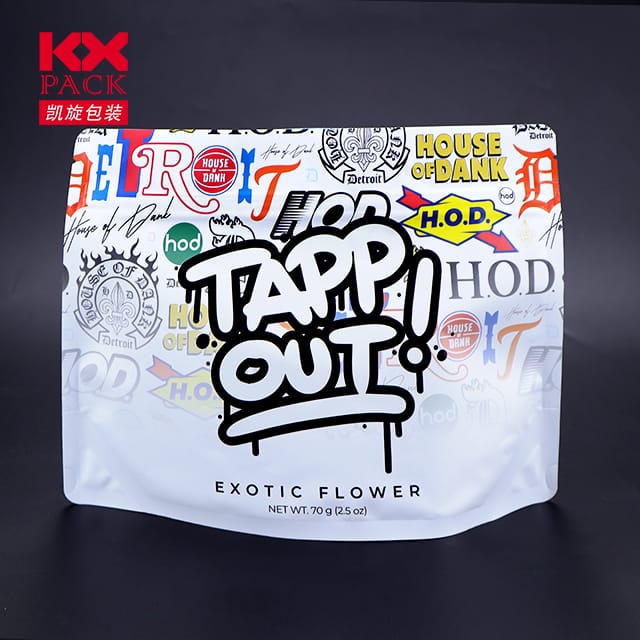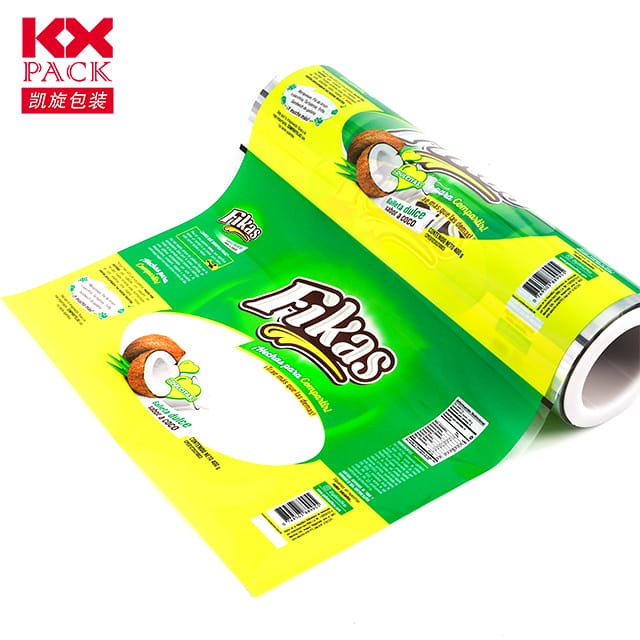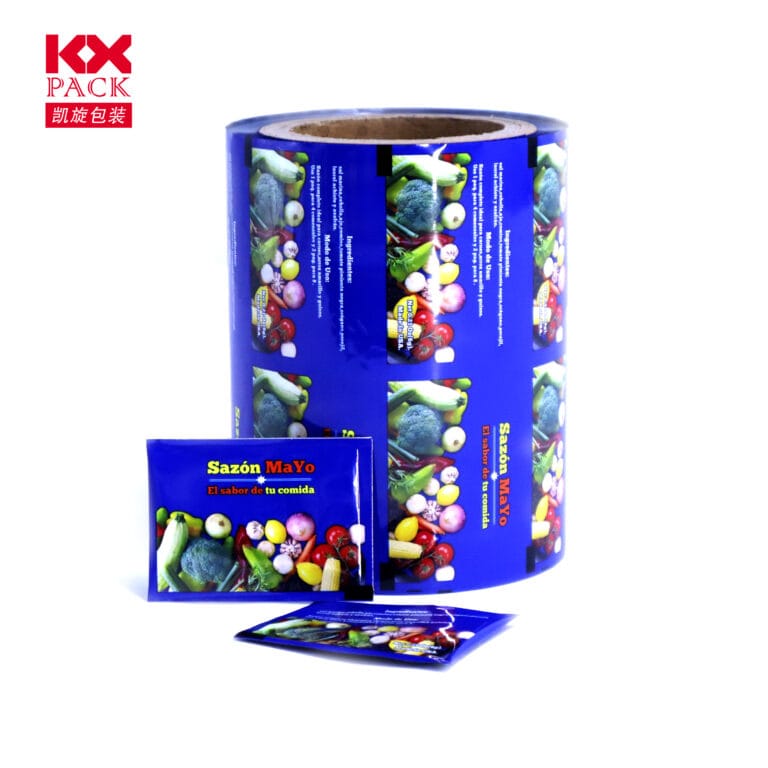คู่มือที่ดีที่สุดในการห่อฟิล์มสำหรับอาหาร: ความปลอดภัย, ความยั่งยืน, และที่เก็บอัจฉริยะ
ห่อฟิล์มสำหรับอาหาร
ในห้องครัวทั่วโลก, ห่อฟิล์มสำหรับอาหาร (ยังเป็นที่รู้จักกันในชื่อ Cling Film, ห่อพลาสติก, หรือห่ออาหาร) เป็นเครื่องมือที่อ่อนน้อมถ่อมตน แต่ขาดไม่ได้. ไม่ว่าคุณจะรักษาของเหลือ, เตรียมอาหารล่วงหน้า, หรือรักษาส่วนผสมที่สดใหม่, ฟิล์มห่อที่เหมาะสมสามารถสร้างความแตกต่างได้ทั้งหมด. แต่ด้วยความกังวลที่เพิ่มขึ้นเกี่ยวกับขยะพลาสติกและความปลอดภัยทางเคมี, คุณจะเลือกตัวเลือกที่ดีที่สุดได้อย่างไร? มาเปิดเผยข้อเท็จจริงเกี่ยวกับภาพยนตร์ห่ออาหารและค้นพบวิธีการใช้พวกเขาอย่างชาญฉลาดเพื่อโลกและครัวที่มีสุขภาพดี.
1. ฟิล์มห่อสำหรับอาหารคืออะไร?
ฟิล์มห่ออาหารบาง ๆ, แผ่นพลาสติกที่มีความยืดหยุ่นออกแบบมาเพื่อสร้างซีลสุญญากาศรอบรายการอาหาร. วัตถุประสงค์หลักของมันรวมถึง:
- ป้องกันการเน่าเสีย โดยการปิดกั้นอากาศและความชื้น.
- หลีกเลี่ยงการปนเปื้อนข้าม ระหว่างอาหาร.
- รักษารสชาติและพื้นผิว ในรายการที่เก็บไว้.
ภาพยนตร์เชิงพาณิชย์ส่วนใหญ่ทำจากเอทิลีน (วิชาพลศึกษา), พลาสติกที่ปลอดภัยและรีไซเคิลอย่างกว้างขวาง. อย่างไรก็ตาม, อาจมีพันธุ์เก่ากว่าหรือราคาถูกกว่าโพลีไวนิลคลอไรด์ (พีวีซี), ซึ่งสามารถชะล้างสารเคมีที่เป็นอันตรายเช่น phthalates - โดยเฉพาะอย่างยิ่งเมื่อความร้อน.
2. ประเภทของภาพยนตร์ห่ออาหาร: อันไหนให้เลือก?
ไม่ใช่ทั้งหมด ห่อฟิล์มสำหรับอาหาร ถูกสร้างขึ้นเท่ากัน. นี่คือตัวเลือกทั่วไป:
ก. ห่อพลาสติกมาตรฐาน (ตาม PE)
- ผู้เชี่ยวชาญ: ซื้อได้, โปร่งใส, และยึดติดกับพื้นผิวได้ดี.
- ข้อเสีย: การใช้ครั้งเดียวและไม่สามารถรีไซเคิลได้เสมอไป.
- ดีที่สุดสำหรับ: การจัดเก็บอาหารแห้งหรือเย็นระยะสั้น (เช่น, แซนวิช, ชีส).
บี. ห่อฟรี PVC
- ผู้เชี่ยวชาญ: ปลอดภัยต่อสุขภาพ (ไม่มี phthalates), มักจะหนาขึ้นและทนทานมากขึ้น.
- ข้อเสีย: มีราคาสูงกว่าตัวเลือกมาตรฐานเล็กน้อย.
- ดีที่สุดสำหรับ: ครอบครัวที่มีเด็กหรือผู้ที่หลีกเลี่ยงสารเคมีสังเคราะห์.
ค. ห่อหุ้มด้วยชีวภาพ/ปรับได้
- ผู้เชี่ยวชาญ: ทำจากวัสดุจากพืช (เช่น, แป้งข้าวโพด), แบ่งตามธรรมชาติ.
- ข้อเสีย: น้อยกว่า, อาจไม่ปิดผนึกอย่างแน่นหนา; มักจะต้องมีการทำปุ๋ยหมักอุตสาหกรรม.
- ดีที่สุดสำหรับ: ครัวเรือนที่ใส่ใจเชิงนิเวศยินดีที่จะจ่ายเบี้ยประกันภัย.
ดี. ครอบคลุมอาหารซิลิโคนที่ใช้ซ้ำได้
- ผู้เชี่ยวชาญ: ล้างจานได้, ทนทาน, และทนความร้อน (ปลอดภัยสำหรับไมโครเวฟ/เตาอบ).
- ข้อเสีย: ใหญ่กว่าห่อพลาสติก; ไม่เหมาะสำหรับการห่อรูปร่างที่ผิดปกติ.
- ดีที่สุดสำหรับ: ครอบคลุมชาม, กระทะ, หรือรายการผลิตผลขนาดใหญ่.
3. วิธีใช้ฟิล์มห่ออย่างปลอดภัยและมีประสิทธิภาพ
- หลีกเลี่ยงการห่อพลาสติกไมโครเวฟ: ความร้อนอาจทำให้สารเคมีปล่อยเป็นอาหาร. ใช้ฝาครอบไมโครเวฟที่ปลอดภัยหรือเปลี่ยนเป็นซิลิโคน.
- อย่านำภาพยนตร์แบบใช้ครั้งเดียวมาใช้ซ้ำ: การฉีกขาดหรือการยืดจะสูญเสียการปิดผนึกและอาจเป็นที่เก็บแบคทีเรีย.
- ห่ออาหารให้แน่น: กดฟิล์มลงบนพื้นผิวอาหารโดยตรงเพื่อลดการสัมผัสอากาศ.
- เก็บไว้อย่างถูกต้อง: เก็บฟิล์มในความเย็น, สถานที่แห้งห่างจากแสงแดดเพื่อป้องกันการเสื่อมสภาพ.
4. ทางเลือกที่เป็นมิตรกับสิ่งแวดล้อมสำหรับห่อพลาสติกแบบดั้งเดิม
กังวลเกี่ยวกับมลพิษพลาสติก? ลองใช้การแลกเปลี่ยนที่ยั่งยืนเหล่านี้:
- Weeswax wraps: นำกลับมาใช้ใหม่ได้, ย่อยสลายได้, และเหมาะสำหรับห่อชีส, ขนมปัง, หรือผัก.
- ผ้าคลุมผ้า: ผ้าฝ้ายน้ำหนักเบาหรือผ้าลินินห่อด้วยซับในกันน้ำ.
- ภาชนะแก้ว: สุญญากาศและนำกลับมาใช้ใหม่ได้อย่างไม่ จำกัด (เหมาะสำหรับการเตรียมอาหาร).
- อลูมิเนียมฟอยล์: รีไซเคิลได้และทนความร้อน, แม้ว่าจะไม่โปร่งใสเหมือนพลาสติก.
5. อนาคตของการห่ออาหาร: นวัตกรรมที่จะดู
อุตสาหกรรมบรรจุภัณฑ์มีการพัฒนาอย่างรวดเร็วเพื่อตอบสนองความต้องการด้านความยั่งยืน. คาดว่าจะเห็น:
- ภาพยนตร์ที่กินได้: ทำจากสาหร่ายหรือแป้ง, ห่อเหล่านี้สามารถรับประทานหรือหมักได้.
- บรรจุภัณฑ์อัจฉริยะ: ฟิล์มที่ฝังอยู่กับเซ็นเซอร์เพื่อตรวจจับความสดหรือการเน่าเสียของอาหาร.
- ห่อน้ำที่ละลายน้ำได้: ละลายในน้ำอย่างไม่เป็นอันตราย, ลดของเสีย.
บทสรุป: ห่อสมาร์ท, มีสีเขียวสด
การห่อฟิล์มสำหรับอาหารเป็นวัตถุดิบหลักในครัว, แต่ผลกระทบต่อสิ่งแวดล้อมนั้นต้องการตัวเลือกที่มีสติ. โดยเลือกใช้ PVC ฟรี, ย่อยสลายได้, หรือทางเลือกที่ใช้ซ้ำได้, คุณสามารถรักษาอาหารให้สดใหม่ได้ในขณะที่ปกป้องโลก. จดจำ: การห่อที่ดีที่สุดไม่ใช่พลาสติกเสมอไป - บางครั้ง, นวัตกรรมและความคิดสร้างสรรค์นำเสนอปลอดภัยยิ่งขึ้น, โซลูชั่นที่ชาญฉลาดกว่า.
พร้อมที่จะคิดใหม่? แบ่งปันแฮ็กห่อหุ้มที่เป็นมิตรกับสิ่งแวดล้อมที่คุณชื่นชอบหรือติดแท็กเพื่อนที่พยายามลดการใช้พลาสติก! 🌱🍴
คำสำคัญ: ห่อฟิล์มสำหรับอาหาร, ห่อพลาสติก, ฟิล์มยึด, การจัดเก็บอาหาร, บรรจุภัณฑ์ที่ยั่งยืน, ห้องครัวที่เป็นมิตรกับสิ่งแวดล้อม


